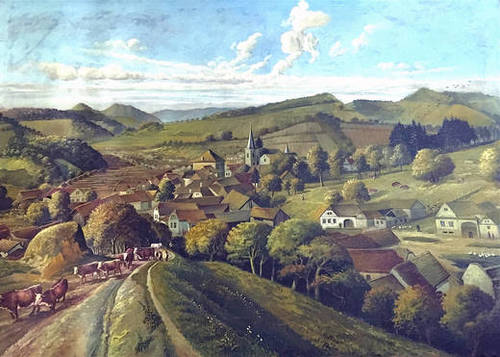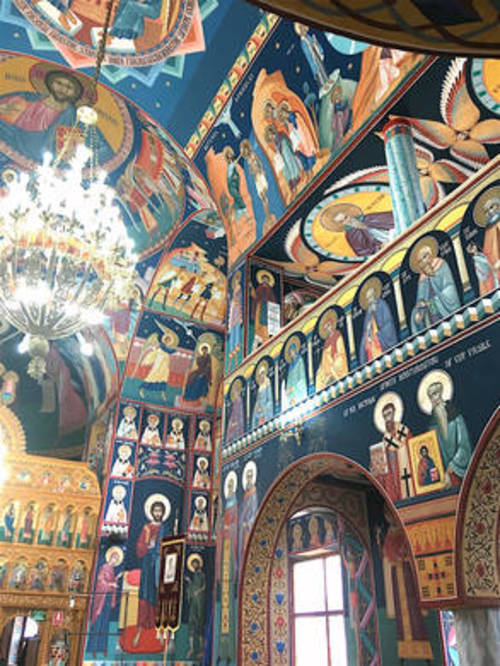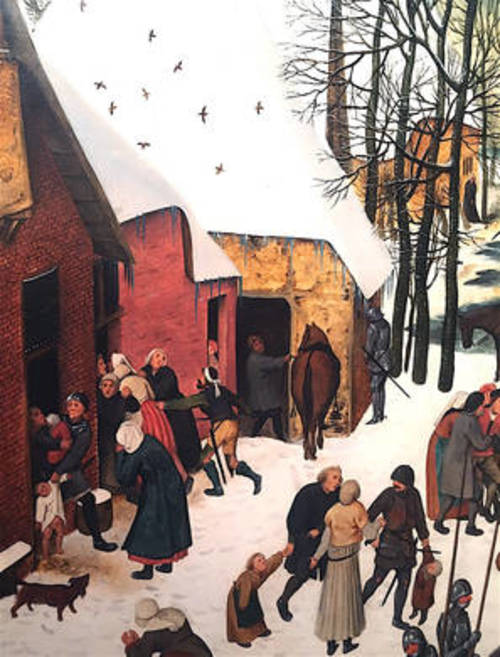The third edition of the Transylvanian Book Festival was held on 13th–16th September, once again in the old Saxon Hall of Richiș, a village which nestles in a beautiful former wine-growing valley south of Mediaș, in the heart of Romania. Today the hillsides are bare of vines; instead there are fields of sheep, cattle and maize. Here men return from the meadows with scythes resting on their shoulders and the autumn hay is gathered in in horse-drawn carts. Time has not stood still here, but the hands of clock move slumbrously round the dial.

Transylvania has an exceptionally complex history and has been home, over the centuries, to a large number of peoples. The Festival programme reflected this in its scope and breadth. Philip Mansel talked about Ferenc Rákóczi, the last Prince of Transylvania, who led a Hungarian rebellion against Habsburg domination in 1703–11. Defeated, he ended his days in exile beside the Sea of Marmara. Rákóczi had received support for his insurrection from Louis XIV, who is the subject of Mansel’s next book (details to follow on this website). Other Hungarian-themed talks were given by Thomas Barcsay, who spoke about his great-uncle Miklós Bánffy, author of the Transylvanian Trilogy; and Michael O’Sullivan, who presented his new book Noble Encounters, tracking down the families who played host to Patrick Leigh Fermor in the course of the ‘Great Trudge’ which forms the subject of Between the Woods and the Water.
The Saxon Lutheran heritage of the region, in danger of being lost since almost all the families emigrated to Germany in the 1990s, was poignantly presented by a concert of traditional songs in Richiș church by the Mediaș choir, as well as a visit to the splendid fortified church of Moșna, with its extraordinary twisted fluted columns supporting the net vault. After lunch at trestle tables laden with good things inside the walled enceinte, the local school master led a tour of two churches on the village outskirts: the brand new, glittering and glistening Romanian Orthodox church, and the tiny, disused Uniate church, which is planned to be opened as a museum since its Greek-Catholic congregation is no more.

Romanian speakers at the Festival included Maria Pakucs, who spoke about trading links between Transylvania and the Ottoman Empire; Ion Florescu, whose ancestor was a leading figure in the 19th-century Romanian struggle for autonomy and nationhood; and the Dracula expert Marius Crișan, who presented his book Dracula: An International Perspective (to be reviewed shortly on this website). Two films were also shown: one by Dragoș Lumpan on transhumance, the ancient drovers’ practice of moving grazing animals between winter and summer pastures (for details, see here); and the other by Dan Drăghicescu on Romania’s last king, Michael I, whose brave coup of 1944 led to his country abandoning the Axis cause and joining the Allies (for more on Drăghicescu’s work, see here).
Another book to be presented in Richiș was of course Blue Guide Travels in Transylvania: The Greater Târnava Valley, now in its second edition. Its author, Lucy Abel Smith, is the organiser of the Transylvanian Book Festival and a great champion of the Târnava Valley as a unique sliver of human cultural patrimony and ideal destination for the inquisitive traveller. The second edition of her guide includes a new chapter on Sibiu (where the collection of paintings in the Brukenthal Museum, including an exquisite Van Eyck and a remarkable Brueghel, is simply not to be missed) and new coverage of the villages of Dârlos and Șmig, whose churches have interesting early fresco cycles.







